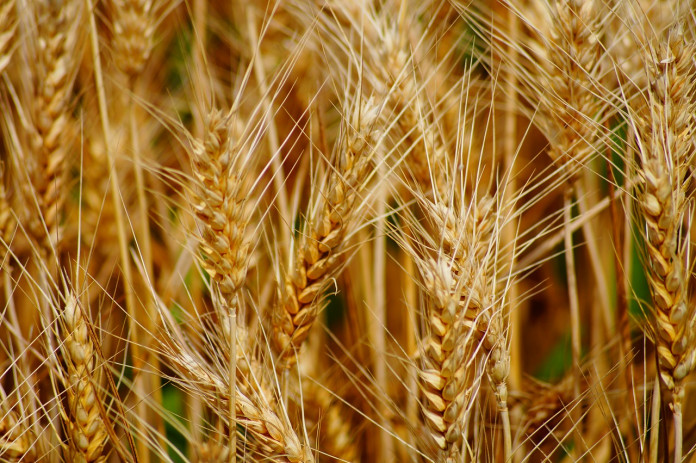On the very week, the United States marked its one-millionth Covid death and anxious American parents awaited a military airlift for baby formula, Davos Man, he of the pinstriped master-of-the-universe class, emerged from his bulletproof, bombproof office to report all was well in the world of intergalactic finance and handmade shoes. Well, kinda’ sorta’ well.
There was, after all, a brutal war raging near the Swiss enclave of the World Economic Forum while most key global stock markets have remained underwater for the year. And, sure, China’s economic growth this year is projected to be lower than America’s for the first time since Mao’s death in 1976, and U.S. inflation is, um, high.
So, yes, there’s plenty to worry about, a Davos attendee told the Washington Post.
“‘There is a real angst about globalization this year,’ said Jason Furman, an economist at Harvard University and former Obama adviser. ‘I mean, there’s always angst about globalization, but the big question this year is: How do you get out of any of this stuff?’”
“Stuff” being an academic term for war, famine and — unsaid, of course — hubris.
Famine
The reporters and editorialists at the Washington Post (“A global famine looms …” April 30), The Guardian (“Apocalypse now? …” May 21), and the United Nations (“Lack of Grain Exports Driving Global Hunger to Famine Levels,” May 19) believe famine will be the next stop on 2022’s bumpy ride — and it very well might. Not for the often-stated reasons, however.
The main cause, we’re told, is Russia’s invasion of Ukraine, two of the world’s key grain-exporting countries. Indeed, notes economist and essayist Jennifer Clapp in a May 16 post on Civil Eats, 26 countries source over 50% of their wheat imports from the two warring nations.
That fact, however, points to an even larger — but rarely discussed — fact, according to the London School of Economics-trained Clapp: Only a handful of nations export food and even fewer international trading firms handle those exports.
These firms, she explains, are the “‘ABCD’” of the food trade: “Archer-Daniels Midland, Bunge, Cargill, and Dreyfus” who also “hold large reserves of grain, but do not publicly report them …”
Adding to that concentration is that three key crops — wheat “along with maize and rice… together provide almost half of the calories consumed around the world.”
These three levels of continuing concentration — too few exportable food choices from too few international sources handled by too few, secretive merchandisers — all but guarantees any minor food access problem anywhere in the world soon becomes a major food access problem everywhere in the world.
And so it is, again, now in this “third food price crisis in 15 years,” writes Clapp.
Long-term problems
Worse, like the previous two, the world is again promoting temporary solutions for these inherently long-term, multifaceted problems.
For example, the U.S. Department of Agriculture announced May 26 that it will allow farmers to pull their Conservation Reserve Program acres out early from their final year of contracts to plant additional crops (most likely winter wheat) to meet shortages caused by “Putin’s unjustified invasion of Ukraine …”
Meanwhile, few in the Biden Administration, Congress, or farm policy circles mention an immediate source of exportable grain now being sent into the global atmosphere as tailpipe emissions: ethanol.
In the 2021/22 corn marketing year, which ends Aug. 31, the U.S. will export 2.5 billion bu. of corn while it converts more than two times that amount, 5.4 billion bu., into ethanol.
That’s a lot of calories (more than 4.3 trillion) that, even if just a small portion were used, could feed some of the estimated 815 million “food-deprived” people around the world this year instead of America’s 275 million cars.
Even suggesting it, however, is farm policy heresy, and no ag state politician worth their chair-polished blue suit would ever take that dive into elective oblivion.
Besides, Davos Man, now that he’s resurfaced, needs that ethanol to justify a carbon-hauling pipeline he wants to build. To where? Back to 1994, presumably.














